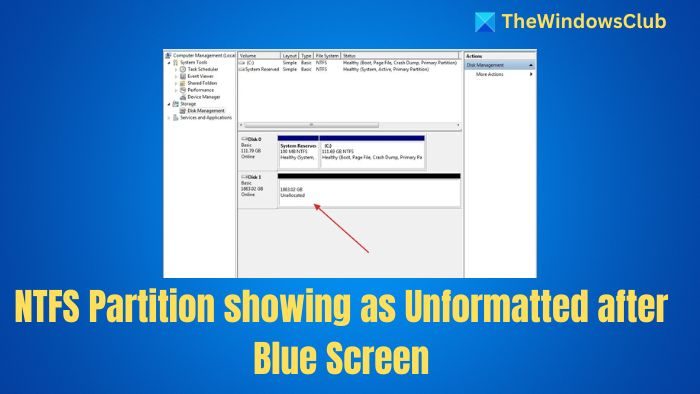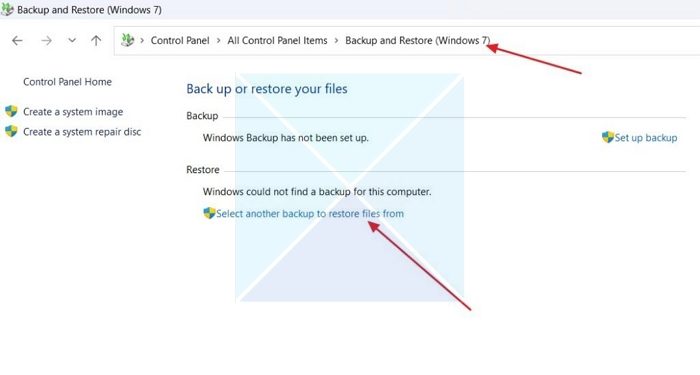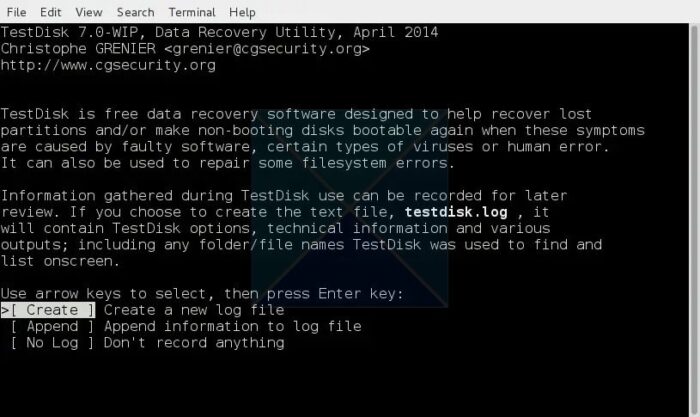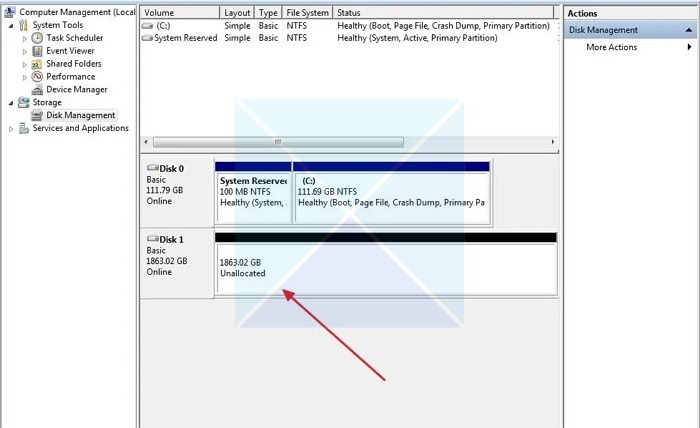One must exercise caution while working with NTFS partitions, especially when resizing them. If the same is done incorrectly, the critical NTFS recovery partition can show as unformatted, which will also prevent you from accessing Windows. This article will teach us how to fix the NTFS partition that is showing as unformatted after the Blue Screen error.

NTFS Partition showing as Unformatted after Blue Screen
This section will examine two fixes for the NTFS Partition that are showing as unformatted after the Blue Screen. Here’s all that’s covered:
- Reinstall Windows and Use Disk Manager
- Use Recovery Software
1] Reinstall Windows and Backup and Restore

If you have a backup of your Windows installation, you can restore it using the Disk Manager on a fresh Windows installation. Here’s how:
- Proceed by creating a Windows bootable USB using a tool like Rufus or Windows installation assistant. This process must be completed on another PC, as yours might be temporarily inaccessible.
- If you have a Windows backup, ensure it is handy.
- Now, proceed by booting into the USB using the BIOS. Press the F2, F12, F10, Esc, or Del key to enter the BIOS.
- Once in the BIOS, follow the onscreen instructions to install Windows.
- When your version of Windows is installed, head over to the Start menu and search for Control Panel.
- Change the view to small icons and open Backup and Restore (Windows 7).
- Now, click Select another backup to restore files, and ensure the backup drive is plugged into your PC.
- Select the backup from the drive and proceed.
2] Use Recovery Software

Recovery Software like TestDisk can also help you recover the deleted NTFS partition. The chances are thin, but using the right software can help you fix it, especially if you have not formatted the partition in any way or further tampered with it.
Related: Fix NTFS FILE SYSTEM Blue Screen error on Windows
Unformatted drive not showing up
If you have unformatted a drive and it is not showing up anywhere, here are some things you can do to fix that:
- Initialize the Disk
- Import Foreign Disk (For Advanced Users)
Let’s have a look.
1] Initialize the Disk
Initializing a disk in Windows helps erase the data on the disk and prepares it for use in Windows, allowing it to show up in Disk management. Using a Windows recovery drive, you can initialize a disk in the Advanced Options. You can open the command prompt through it and use the Diskpart utility to initialize the drive.
2] Import Foreign Disk (For Advanced Users)
This complex procedure utilizes the diskpart utility in the command line interface. If you can work in the command line and understand the syntax and how to use it, you can follow the official Microsoft Documentation on how to do this. You can use the import syntax of the disk command to do that.
How to see unformatted drive
If you have been working the partitions and making changes to the drives, you might need to view all the unformatted drives on your PC. Here are two ways you can do that:
- Using the Disk Management Software
- In Advanced Recovery
Let’s learn!
1] Using Disk Management Software
Disk Management Software, like the inbuilt Disk Management in Windows, allows you to view the unformatted drive and use it as you prefer. It is usually best to open the Disk Management software to view the unformatted drive in Windows.
Search Disk Management in the Start menu and open the Create and Format hard disk partitions option to open Disk Management.

2] In Advanced Recovery
If you don’t have Windows access, you see the unformatted drive using the Diskpart command line utility. To do this, you must first create a Windows Recovery drive, boot into it, and then open the Command Prompt using the Advanced options. You can use the Diskpart commands to list and partition the drives from there.
We hope you found this article to be helpful.
Should I initialize disk MBR or GPT?
Initializing your disk as MBR or GPT depends on your needs and drive size. The Master Boot Record (MBR) supports up to 4 partitions and is suitable for smaller drives and older systems. The GPT (GUID partition table) supports many partitions and larger drives, making it great for modern systems.
Read: The selected disk is not a fixed MBR disk message on Windows
How do I find hidden drives in Windows?
To view hidden drives in Windows, you can use the Disk Management utility and assign a drive letter to the drives to view them. If you can use the command line interface, you can use the Diskpart command line utility.